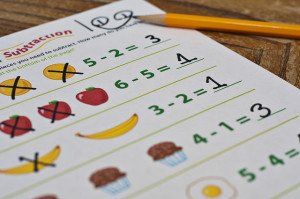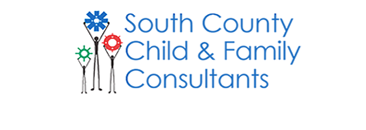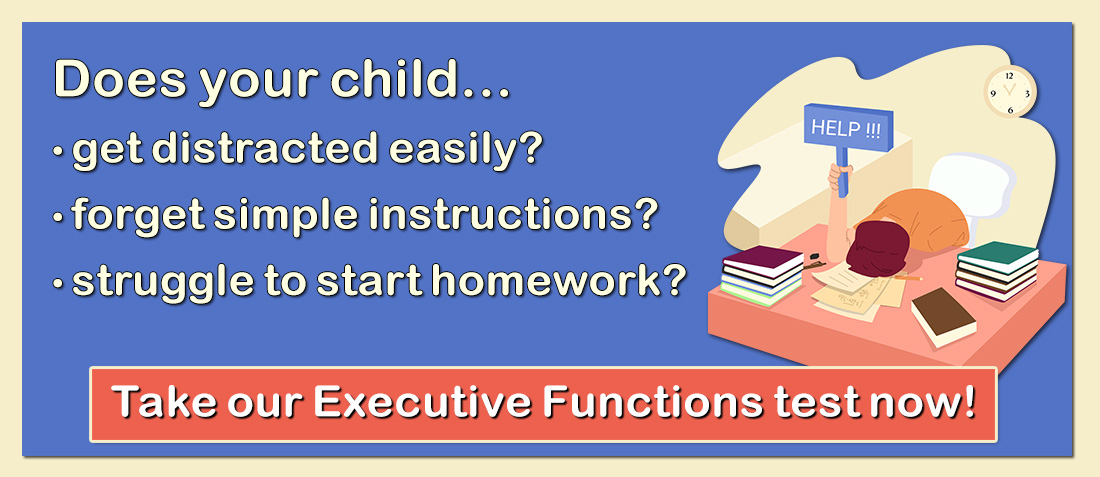
Photo Credit: Angelia Sims
Dyscalculia is a specific learning disability that refers to difficulty learning or comprehending mathematics. The Diagnostic and Statistic Manual of Mental Disorders (DSM-IV), characterizes dyscalculia as a “Mathematics Disorder” in which a person’s mathematical ability is substantially below their age, intelligence, and education level, and interferes with their daily function. The term literally means, “counting badly,” and it impacts a person’s ability to understand, remember, and manipulate numbers, math symbols, or facts. The causes of dyscalculia are unknown, though studies have indicated slight variations in brain functioning, as well as genetic and developmental components. People with dyscalculia may have deficits in working memory, visual processing, and sequencing. Dyscalculia impairs one’s ability to understand numbers, time, measurement, and spatial reasoning.
Common characteristics of dyscalculia include:
– Difficulty with everyday tasks, such as checking change and reading analog clocks
- Confusion of arithmetic symbols: +, -, / and x
- Transposition of numbers when repeated, such as turning 36 into 63
- Inability to understand budgeting and simple household accounting, such as estimating the costs of groceries
- Problems memorizing multiplication-tables.
- Frequent tardiness due to challenges judging the passage of time.
- Difficulty differentiating between left and right, or difficulty using maps for navigation
- Difficulty in activities requiring sequential processing, such as reading from left to right or following dance steps.
Dyscalculia may be most problematic in the school setting, or if one is employed in a number intensive field. However, most children with dyscalculia will go on to succeed in other fields, such as social sciences, history, drama, and music. No single therapy has proved to be effective, but the following recommendations may enable those with dyscalculia to become more proficient with mathematics.
Recommendations
1. Teach your child to “visualize” mathematics problems. Do this by having your child draw pictures to understand the problem. Make sure they have ample time to look at any visual information (e.g. graphs, pie charts, etc.).
2. Help your child develop the habit of clearing their work area to reduce visual clutter. Likewise, ask teachers to provide enough white space on worksheets to reduce the visual demands, thus facilitating more efficient processing of information.
3. Offer scrap paper for computations and provide graph paper to help the student neatly line up their work.
4. Some students with dyscalculia may have strong auditory skills, so reading the problem out loud may offer some assistance. Provide examples and try to relate problems to real-life situations. It’s very important that after being presented with new material, the child understands it well enough to use his language to teach it back to you.
5. Repetition is very important, so make it fun and meaningful by using rhythm in songs/music to help the child memorize math facts. Add a kinesthetic component, such as dancing the Macarena while counting or saying the multiplication table.
6. Allow the child to work on homework with a friend after school. Ask the teacher to assign extra problems for practice. Allow more than the “common” time to complete problems.
7. Some children have had embarrassing experiences with failures in mathematics. Such experiences can lead to increased anxiety, especially in a testing situation. While the student may demonstrate an understanding of the material, once presented on a test, they may either freeze or become emotional. Shortly after the test, in a one-on-one situation, they may again demonstrate proficiency. This is not only frustrating for the child, but for the teacher and parents, as well. Patience is essential!
8. Allow the child to use a hand-held calculator to align numbers correctly. He may need some assistance with learning the proper buttons. There are also talking calculators that vocalize data and resulting calculations using speech synthesis. Other calculators offer special features, such as a visual display of the numbers, functions, and equations, and some provide results when given a voice command.
9. Find textbooks on CD-ROM and/or video-taped mathematics lessons. This will provide the child with beneficial visual cues.
10. Research programs that offer computer-assisted instruction (CAI) in mathematics. In this way, the learning is reinforced with voice output.
11. Have your child practice math skills using digital technologies. There are a number of free websites listed below that offer children opportunities to practice math in a fun and engaging way. There are also programs, such as Mathematics Trek and Operation Neptune, which engage children in the learning process.
Websites
Learning Works for Kids : The premier site for executive function information, it provides a wealth of up-to-date tips and recommendations for children with all types of disorders and disabilities.
Coolmath.com : A game site that has flash games that are based around basic arithmetic skills. The site is free and has other logic games to play.
Funbrain : A game based website that tailors to the student’s grade level by changing the difficulty of the games for the individual player. Website is free to play.
Interactive Mathematics Miscellany and Puzzles : A very well-rounded site that covers all of elementary, middle, and high school mathematics, blends in games, and provides basic math help information.
Math Playground : An all-around math website that provides a nice balance between learning skills and using these skills in games. The site is geared towards elementary school aged children.
Books for Parents
Berch, D. B., & Mazzocco, M. M. (2007). Why is Math so Hard for Some Children?: The Nature and Origins of Mathematical Learning Difficulties and Disabilities. Baltimore, MD: Paul H Brooks Publishing.
Harwell, J. H., & Jackson, R. W. (2008). The Complete Learning Disabilities Handbook: Ready-to-Use Strategies and Activities for Teaching Students with Learning Disabilities. San Francisco, CA: John Wiley & Sons.
Silver, L. B. (2006). The Misunderstood Child, Fourth Edition: Understanding and Coping with Your Child’s Learning Disabilities. New York, NY: Three Rivers Press.
Books for Children
Fisher, G. L. & Cummings, R. (2002). The Survival Guide for Kids with LD: Learning Differences. Minneapolis, MN: Free Spirit.
Gehret, J. (1996). The Don’t-Give-Up Kid and Learning Differences. Fairport, NY: Verbal Images Press.
Receive online class information and helpful tips from Dr. Randy Kulman's LearningWorks for Kids |



